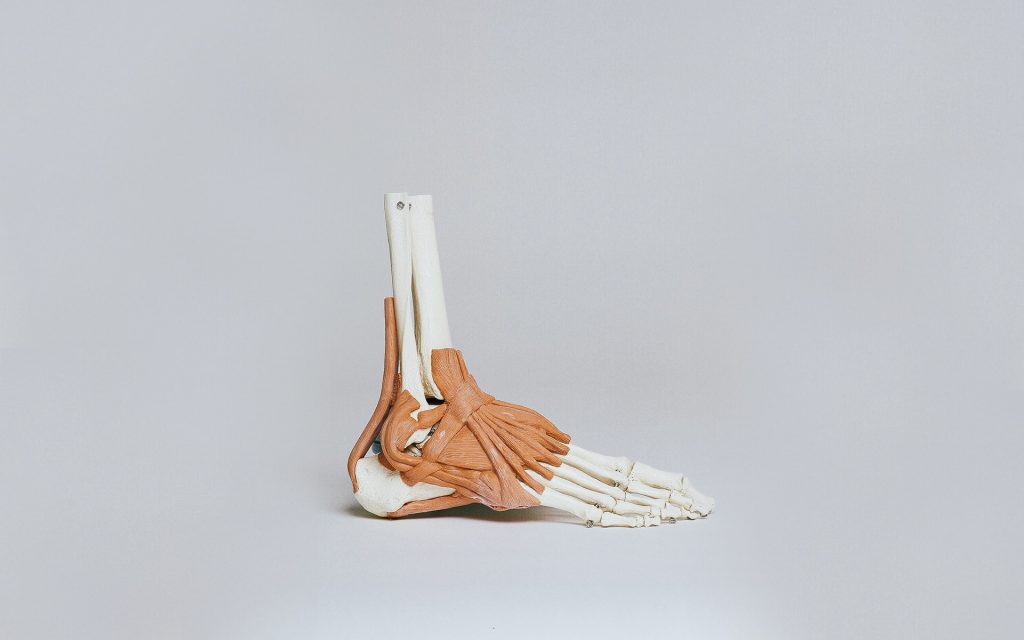If you notice that the stride of someone you care about seems to have changed, don’t assume it’s just stiff muscles or part of the ageing process. Drop Foot, also known as Foot Drop, commonly occurs as people age and is often ignored. Unfortunately, left untreated, it can significantly increase the risk of dangerous slips and trips.
What Is Drop Foot?
Drop foot is the general term for a muscular weakness that leads to difficulty lifting the front part of the foot and toes. It can cause the dragging of the foot on the ground when walking.
What Causes It?
Drop foot is a symptom of an underlying problem rather than a condition itself. It’s often diagnosed in stroke patients and a common symptom of Multiple Sclerosis. Drop Foot can also stem from nerve damage, weakness in certain leg muscles or back problems. It also sometimes occurs following hip or knee replacement surgery.
Signs and Symptoms
A change in a person’s gait is one of the most common signs of Drop Foot. When it is hard to lift the front of the foot, the brain will often automatically try to compensate for the difficulty by telling the body to lift the knee when taking a step. Taking an overexaggerated step, similar to how one would walk up a flight of stairs, often is a tell-tale signal that Drop Foot might be at play.
A person suffering from Drop Foot may also experience numbness in their shin, on the top of the foot and toes or elsewhere in the foot and leg. The foot may slap the floor, or their toes may drag when they take a step. Depending on what is causing Drop Foot, it can impact one or both feet.
Dangers of Drop Foot
In addition to making general movement much more tiring, Drop Foot can increase the risk of tripping and falling. While Drop Foot is a temporary condition, left untreated, it can become permanent.
What’s The Best Way To Address Drop Foot?
At PBO Group, we’ve helped several clients suffering from Drop Foot by fitting them with a special brace called an Ankle Foot Orthosis (AFO). The AFO helps keep the foot at a 90-degree angle of the lower leg to support it.
What Should I Do If I Suspect Someone I Care About May Be Suffering From Drop Foot?
Making an appointment at one of our PBO Group clinics is a smart first step. Our Certified Orthotists will do a thorough assessment to determine if Drop Foot is occurring and if a brace would help the situation. If so, our clinic can communicate directly with the primary care physician to get the appropriate referrals and paperwork for funding and insurance.
“The process for diagnosing and addressing Drop Foot is relatively straightforward. Being fit for the right brace to address the issue provides an easy solution that effectively reduces fall risks. If people out there are concerned Drop Foot may be impacting someone they care about, bracing is a potential solution that is well worth exploring.”
Alan Rigby, a Certified Orthotist and Prosthetist at PBO Niagara
To make an appointment for a Drop Foot assessment at PBO Group’s Niagara, Peterborough, Barrie or Owen Sound clinics, click here or call 1.877.331.3395.






